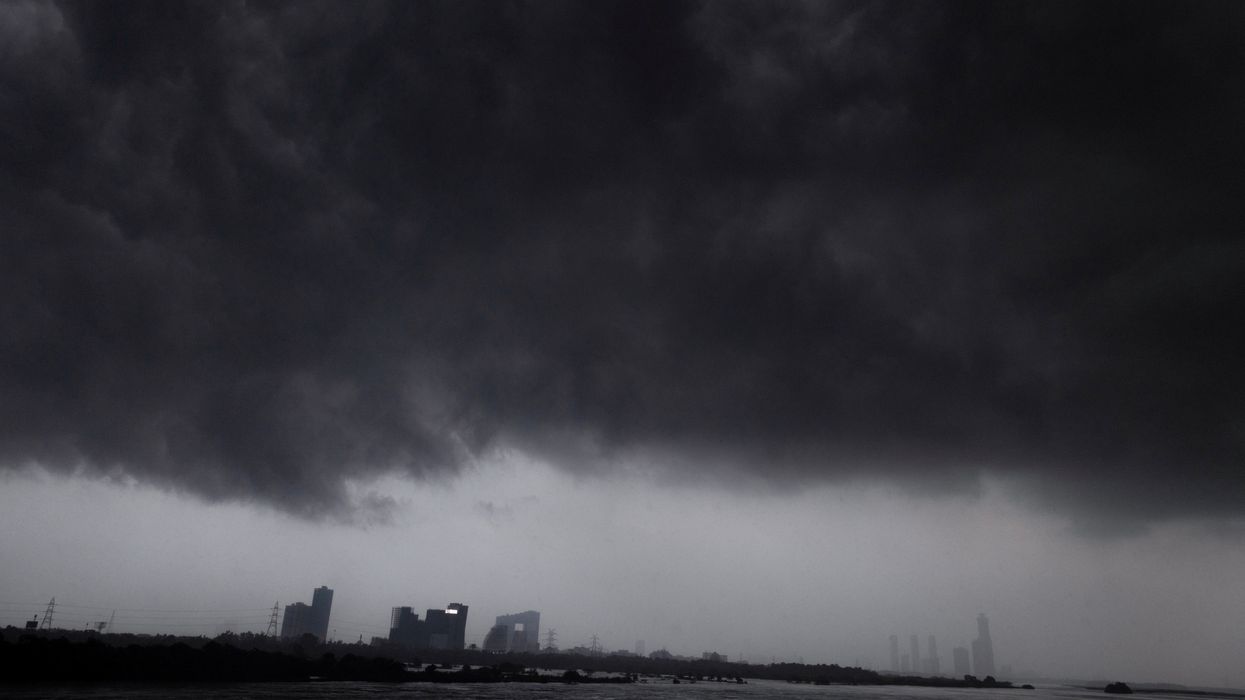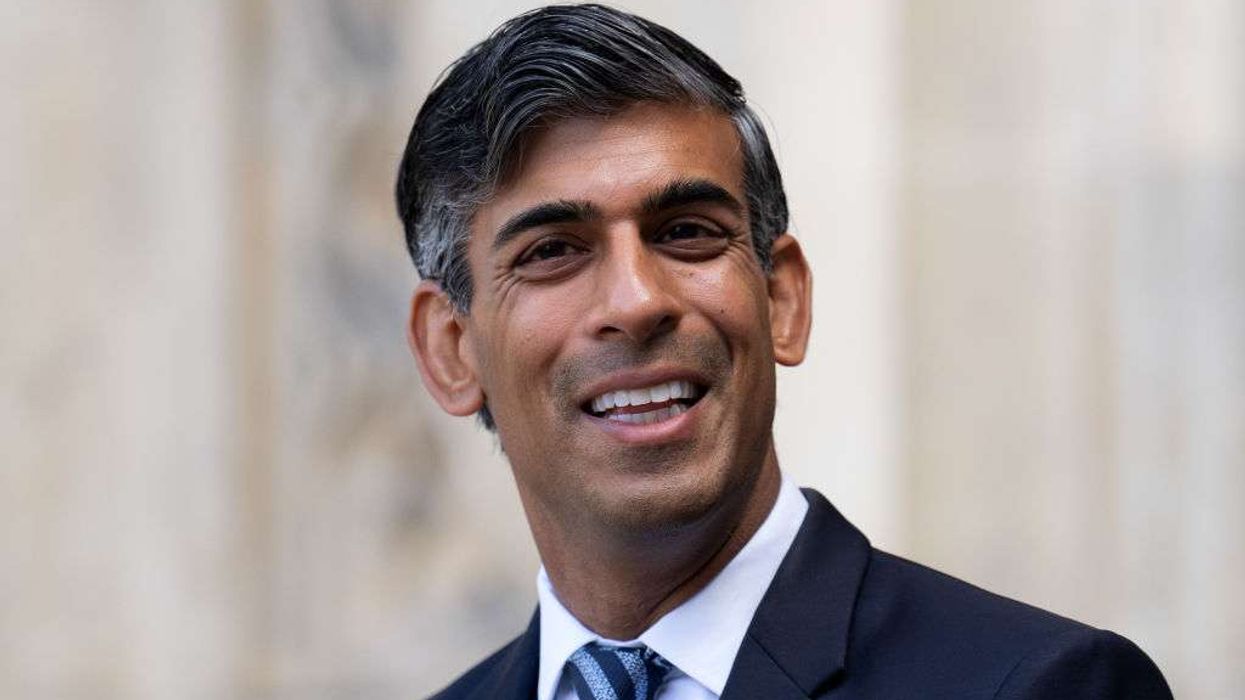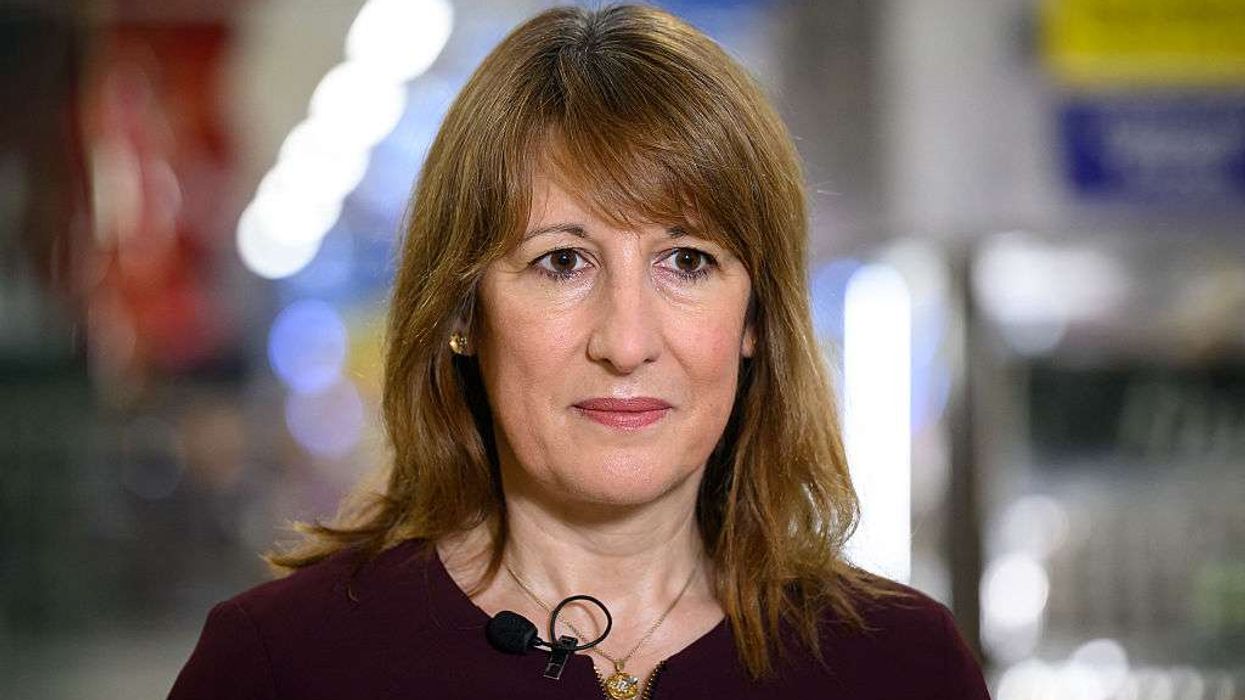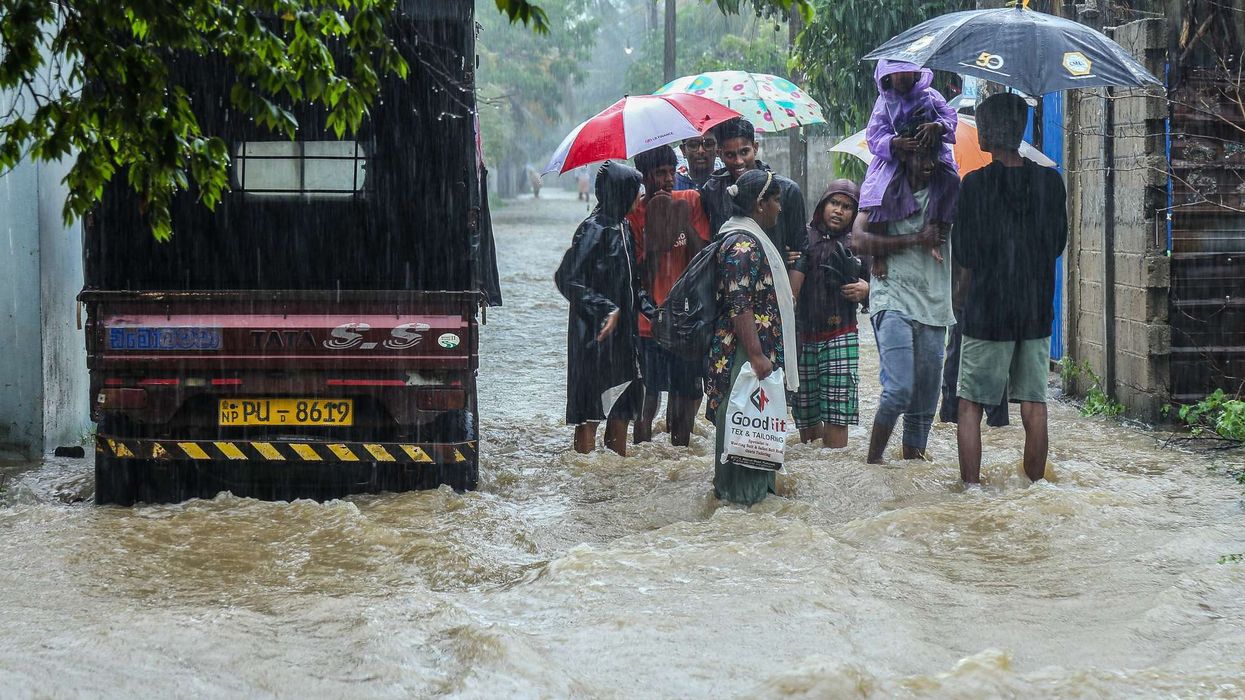Monsoon rains reached the coast of India's southernmost state of Kerala on Saturday, arriving eight days earlier than usual and marking the earliest onset in 16 years. The early rains bring the promise of relief from a heatwave and support hopes of a strong harvest.
The monsoon provides nearly 70 per cent of the rain needed by India’s $4 trillion economy, helping to water farms and fill aquifers and reservoirs. Around half of India’s farmland does not have irrigation and relies on the June–September monsoon season for key crops.
The summer rains typically start in Kerala around June 1 and then move across the country by mid-July, enabling farmers to plant crops like rice, corn, cotton, soybeans and sugarcane.
This year, the southwest monsoon arrived in Kerala on May 24, its earliest arrival since May 23, 2009, the India Meteorological Department (IMD) said on Saturday.
The IMD said the monsoon has reached Kerala and parts of neighbouring Tamil Nadu and Karnataka, as well as parts of Mizoram in the northeast.
The IMD said conditions are favourable for the monsoon to move further into Goa, parts of Maharashtra, Andhra Pradesh, the northeastern states, West Bengal and the remaining parts of Karnataka and Tamil Nadu in the next 2 to 3 days.
Surplus pre-monsoon rainfall and the early monsoon onset will allow farmers, especially in the southern and central regions, to start sowing summer crops sooner, said Ashwini Bansod, vice president for commodities research at Phillip Capital India.
"Abundant soil moisture and early sowing could potentially boost crop yields," Bansod said.
Last year, the monsoon reached Kerala on May 30. Overall summer rainfall in 2024 was the highest since 2020, helping to recover from a drought in 2023.
The IMD last month forecast above-average monsoon rains for the second consecutive year in 2025.
The department defines average or normal rainfall as between 96 per cent and 104 per cent of the 50-year average of 87 cm (35 inches) for the four-month monsoon season.
(With inputs from Reuters)














